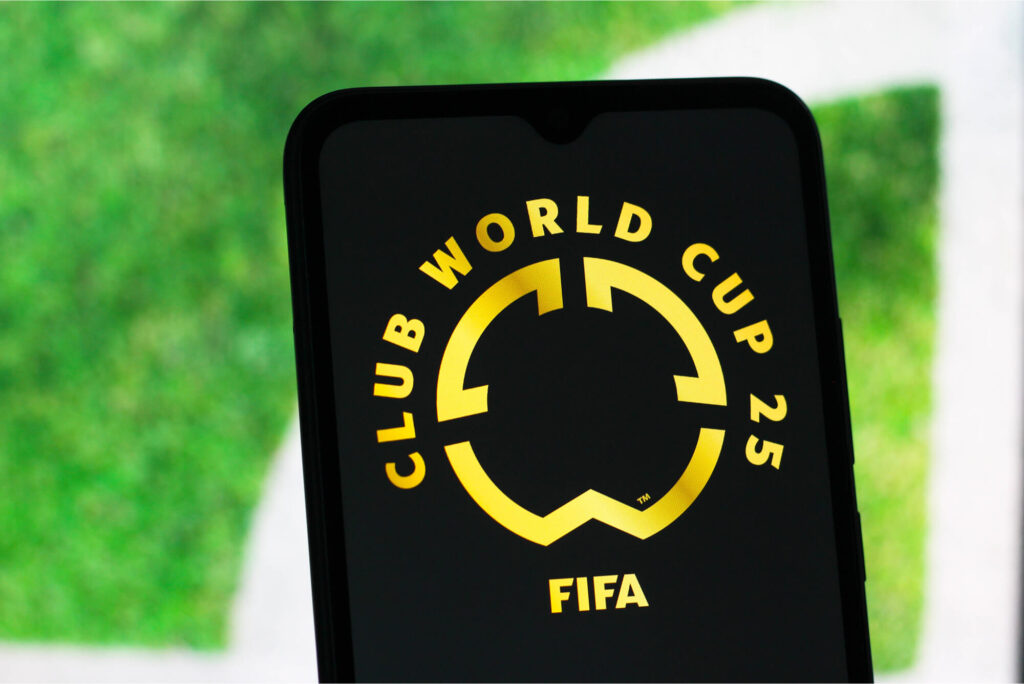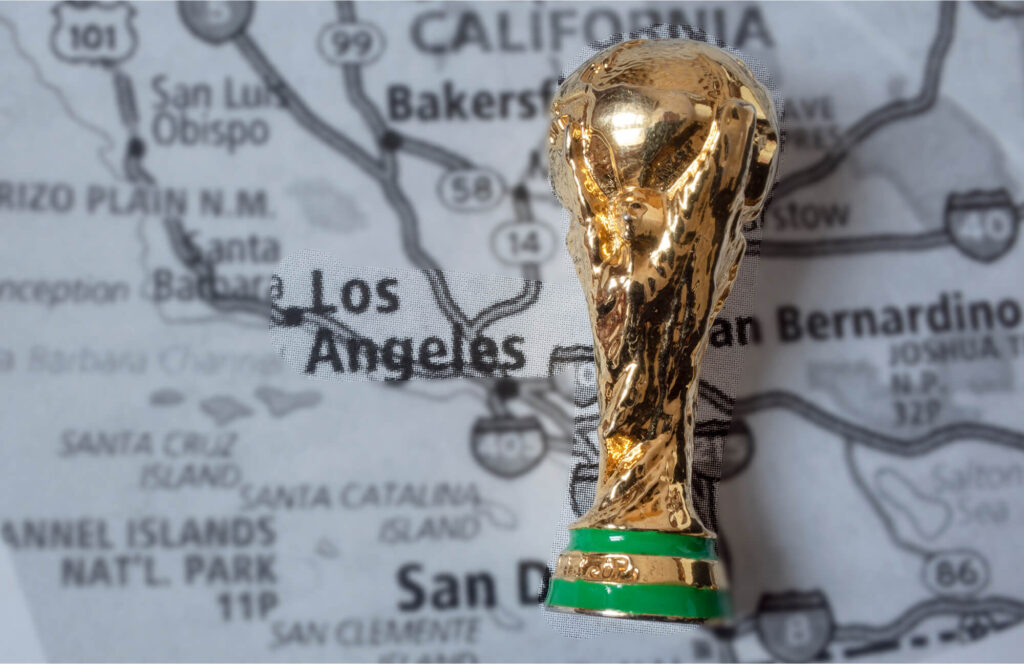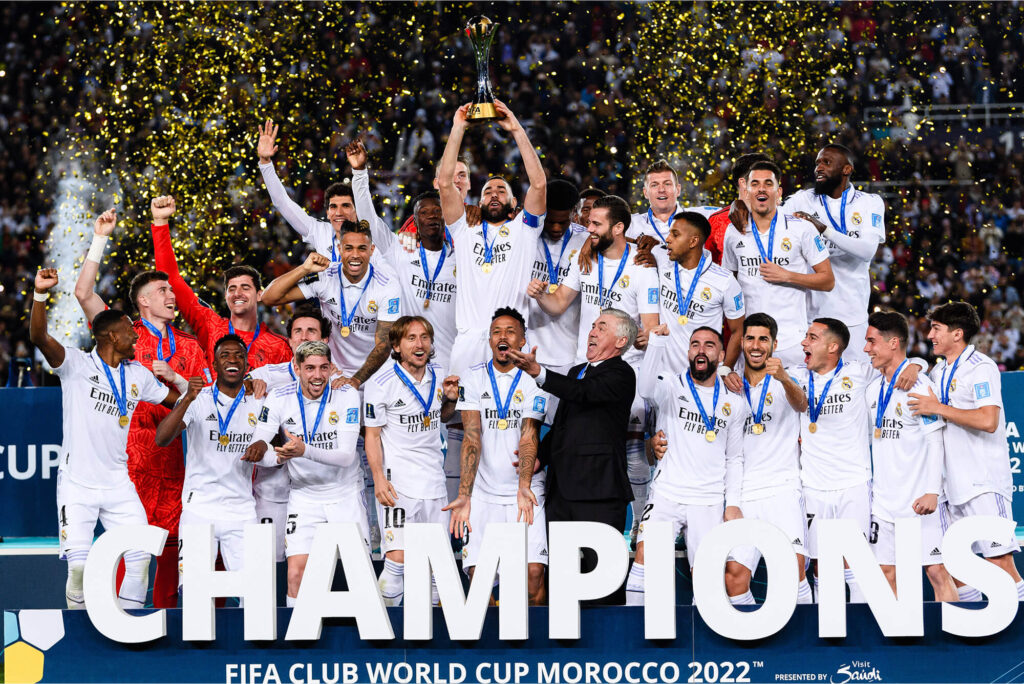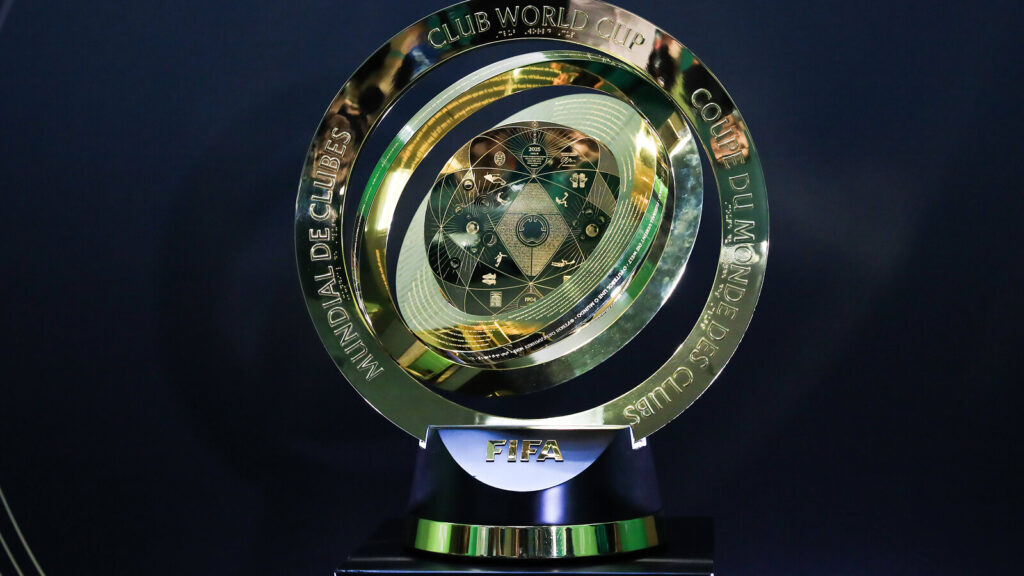Every four years, the world comes together to witness the FIFA World Cup — a celebration of tradition, talent, and national pride. But from the last few years, there is a new tournament making waves: the FIFA Club World Cup. Both are FIFA-sanctioned tournaments featuring top-level football. But, they fundamentally differ in structure, scope, and importance. This article deconstructs what makes these two tournaments different and why both are of special value in the football world.
Countries vs. Clubs: What’s the Difference?
The most obvious and immediate distinction between the FIFA World Cup and the Club World Cup is the participants. The FIFA World Cup includes national teams — teams composed of players qualified by nationality. It is here that nations contest for world dominance, and it is any player’s career highlight to win the World Cup for their nation.
Conversely, the FIFA Club World Cup gathers the world’s best football clubs. These are not representative of countries, but organizations. Many of the teams have international squads of players from a variety of nations. Manchester City, an English club, may have Argentine, Belgian and Portuguese players. Club commitment, resources and training excellence are the concerns here, rather than national duty.
This difference makes the World Cup resort to patriotism and national heritage. In contrast, the Club World Cup displays the best in club investment, planning and player nurturing worldwide. Read here about more Club World Cup details.

How Teams Qualify for Each
Qualification procedures for the two tournaments are entirely different.
FIFA World Cup Qualification:
- A predetermined number of places is allocated to each of FIFA’s six continental confederations (UEFA, CONMEBOL, CONCACAF, AFC, CAF and OFC).
- National teams play regional qualifiers over two or three years.
- Host nations automatically qualify.
The final tournament is played by 32 teams (increasing to 48 in 2026), who are seeded and then sifted out through knockout stages.

Club World Cup Qualification:
The Club World Cup involves the champions of each continental confederation’s premier club competition:
- UEFA Champions League (Europe)
- Copa Libertadores (South America)
- CONCACAF Champions Cup (North/Central America)
- AFC Champions League (Asia)
- CAF Champions League (Africa)
- OFC Champions League (Oceania)
The league champion of the host country also qualifies. The competition had 7 teams until 2024, but a 32-club expanded format will make its debut in 2025. In short, national pride propels qualification to the FIFA World Cup, whereas club prestige and continental supremacy shape the Club World Cup qualification.

What Fans Can Expect at Each
World Cup Atmosphere:
The World Cup is a phenomenon that is culturally rooted. Fans wear the colors of their country, anthems echo in stadiums and the event overshadows media worldwide. It’s not just football — it’s a celebration of identity, unity and history. The month-long tournament is full of emotional peaks and troughs, unforgettable goals and moments of football folklore.
Club World Cup Experience:
While smaller in scope, the Club World Cup provides a different type of drama. Clubs are commonly representations of footballing excellence accumulated over years of investment. There, fans witness elite-level football with the same level of intensity as club derbies. With fewer teams and fixtures, it’s a more intimate and thrilling affair. To top that, fans are able to witness continental styles collide — such as a European giant meeting an unpredictable South American team.
Both events are a celebration, but each has a distinct emotional tone. The World Cup evokes national pride and unity. The Club World Cup highlights global excellence and competitive spirit of club football.
Which Is More Competitive?
FIFA World Cup:
- Brings together a broad pool of teams, from world champions to debutantes.
- The pool of talent is inevitably constrained by nationality.
- Upsets are prevalent and chemistry between team members is developed in shorter timeframes.
Club World Cup
- Has features clubs with international scouting and recruitment.
- Historically, European clubs – especially UEFA Champions League champions – have dominated.
- The tactical and technical level of football is usually higher because of constant club training and unity.
However, the competitive nature in both is fierce. The World Cup’s emotional baggage and unpredictability tend to create magical moments. The Club World Cup, on the other hand, is technically more polished, with club infrastructure and coaching depth showcased.
In recent versions, the intercontinental gap has begun to narrow, with Asian and African clubs becoming more competent. This marks a change in global club football equilibrium.

Can the Club World Cup Catch Up?
The FIFA World Cup is the undisputed crown jewel of football around the world. Its history stretches back almost a century to the inaugural event in 1930. It’s a sporting event as much as a cultural one, with a global audience of over 3.5 billion spectators during the 2018 tournament.
But, FIFA is committed to elevating the Club World Cup. The 2025 switch to a 32-team format is a copy of the international World Cup’s format, with the promise of a stronger and more popular competition. This development may make it more competitive and commercially attractive.
Nevertheless, the Club World Cup has its challenges:
- Club and country loyalties are distinct.
- Scheduling in a congested football calendar is complicated.
- Cultural attachment is not as strong as national competitions.
With greater media attention, increased international involvement and quality fixtures, the Club World Cup might prove to be an elite platform for non-European clubs to highlight themselves. Its popularity is gauged to increase considerably over time. Especially among younger supporters who monitor clubs all year round.
Different Paths, Same Passion
Both the FIFA World Cup and the FIFA Club World Cup are giant tournaments — but they are for different reasons and inspire different passions. The former stands for the pride of nations and the universal language of football. The latter, for the summit of club effort and international cooperation in football.
Every tournament has its own significance. Although the World Cup is the most beloved football honor, the Club World Cup is aiming to establish its own niche. With its 2025 revamp around the corner, it’s set to grow in prominence and influence.
